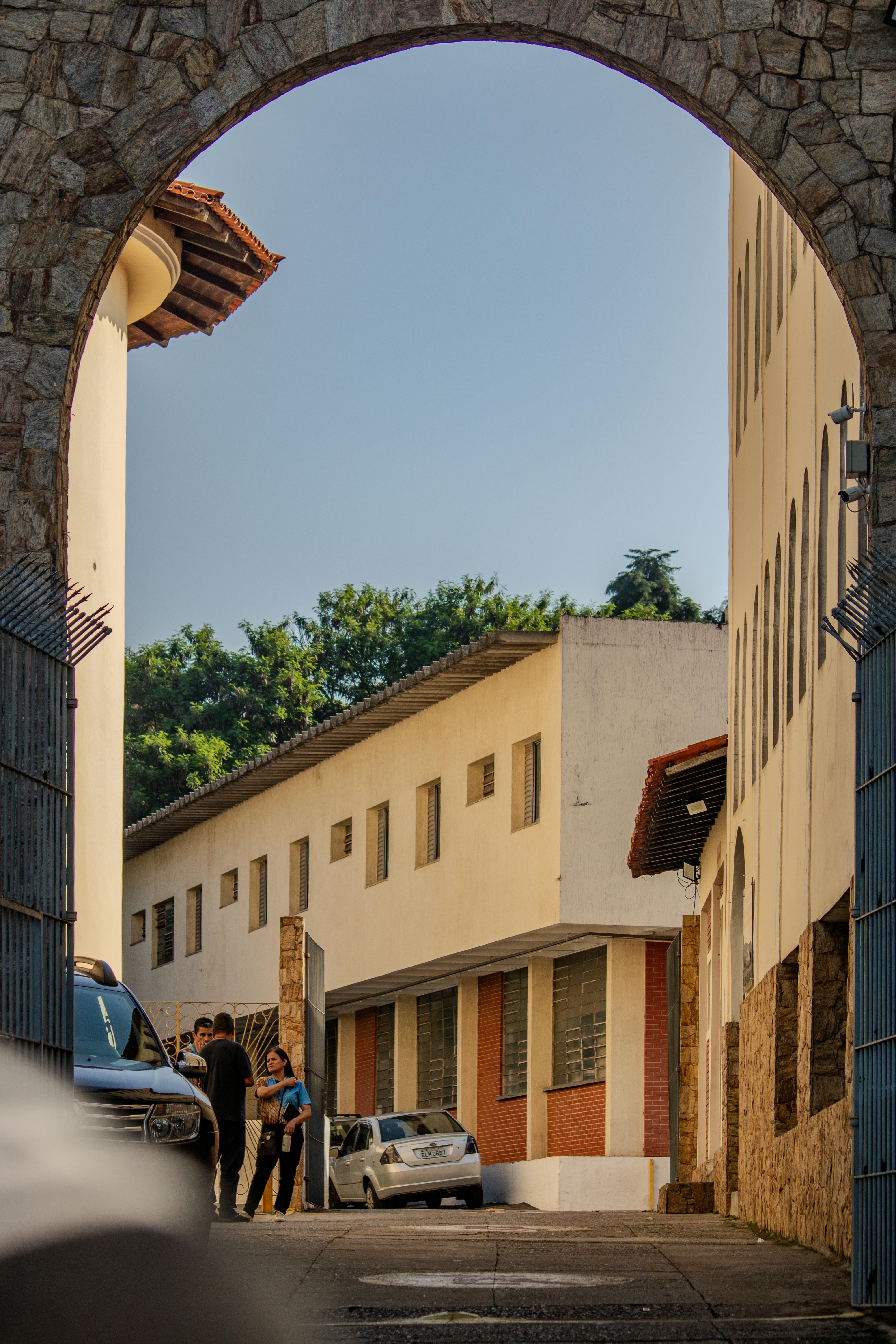Join us on a journey to elevate your chess game and become a strategic chess wizard. In this article, we will explore the world of Sicilian Defense Variations, offering in-depth strategy discussions, analysis of famous matches, and expert tips. Whether you’re a beginner looking to enhance your opening repertoire or an experienced player seeking to gain a strategic advantage, this article will unlock the mysteries of chess openings and guide you on a path to becoming a formidable opponent. Get ready to delve into the nuances of the Sicilian Defense and learn how to leverage its variations effectively.

Sicilian Defense Overview
Introduction to Sicilian Defense
The Sicilian Defense is a popular and dynamic chess opening that arises after the moves 1.e4 c5. It is named after the Italian island of Sicily, where it is said to have originated. The Sicilian Defense is known for its tactical complexities and its ability to allow both players to fight for control over the center of the board.
Advantages and Disadvantages of Sicilian Defense
The Sicilian Defense offers several advantages for Black. Firstly, by playing c5, Black immediately challenges White’s control over the center. This move also opens up lines of play for Black’s pieces and allows for potential counterattacks. Additionally, the Sicilian Defense leads to rich positions with numerous strategic and tactical possibilities, providing opportunities for creative gameplay.
However, the Sicilian Defense also has its disadvantages. One significant drawback is that it can be a double-edged sword, as the aggressive nature of the opening can lead Black to become overextended or vulnerable to early attacks. Another potential disadvantage is that the Sicilian Defense requires a deep understanding of the resulting middlegame and endgame positions, making it more suitable for experienced players.
Sicilian Defense Main Variations
Open Sicilian
The Open Sicilian is characterized by an early d4 pawn capture from either side, leading to open and tactical positions. This variation offers both players opportunities to launch aggressive attacks and create imbalances on the board.
Closed Sicilian
The Closed Sicilian, on the other hand, focuses on a slower and more strategic approach. It involves White playing d3 and keeping the center pawns intact, aiming for a solid pawn structure and a more positional game.
Scheveningen Variation
The Scheveningen Variation is a popular choice for both Black and White players. It involves Black playing e6 and d6, reinforcing the center while preparing for a flexible development of the pieces. This variation often leads to complex middlegame positions with both players vying for control.
Dragon Variation
The Dragon Variation is known for its sharp and aggressive play. Black often plays g6 and later fianchettoes their king’s bishop to establish a solid defense while simultaneously preparing for a kingside attack.
Najdorf Variation
The Najdorf Variation, named after the Argentine Grandmaster Miguel Najdorf, is one of the most revered and complex variations within the Sicilian Defense. It involves Black playing e5 and developing their pieces harmoniously, aiming for a balanced and strategically rich game.

Open Sicilian
Sveshnikov Variation
The Sveshnikov Variation is characterized by Black playing Nf6 and d5, capturing the d5 pawn with their knight. This setup leads to asymmetrical pawn structure, with Black aiming to put pressure on White’s position while maintaining dynamic chances for counterplay.
Najdorf Variation
The Najdorf Variation within the Open Sicilian is one of the most popular and thoroughly analyzed openings in modern chess. It involves Black playing a6 and later b5, aiming to secure control over the queenside while keeping the position flexible and dynamic.
Scheveningen Variation
The Sicilian Defense’s Scheveningen Variation, within the Open Sicilian, involves Black playing e6 and d6, setting up a solid pawn structure. Black aims to build a strong defense while waiting for the right moment to launch a counterattack on White’s position.
Dragon Variation
The Dragon Variation within the Open Sicilian is known for its aggressive and tactical play. Black plays g6 and fianchettoes their king’s bishop to strengthen the kingside defense while preparing for an aggressive pawn storm and potential kingside attack.
Closed Sicilian
Grand Prix Attack
The Grand Prix Attack is a popular choice for White in the Closed Sicilian. It involves playing f3 and g4, aiming to control the center and restrict Black’s pawn breaks. This aggressive approach often leads to tactical battles and potential kingside attacks.
Alapin Variation
The Alapin Variation is a solid and flexible choice for White in the Closed Sicilian. It involves playing c3 and maintaining a strong pawn structure in the center. This variation allows White to avoid some of the more complex and theoretical lines of the Sicilian Defense.
Moscow Variation
The Moscow Variation within the Closed Sicilian is known for its positional and strategic nature. It involves playing Bb5 and Nf3, aiming to control the center and restrict Black’s pawn breaks. This variation often leads to a maneuvering game with long-term plans for both sides.

Scheveningen Variation
Classical Scheveningen
The Classical Scheveningen is a solid and strategic choice for Black within the Scheveningen Variation. It involves playing d6, Nf6, g6, and Bg7, aiming for a flexible and harmonious development. Black often looks to counter White’s central pawn breaks and establish control over the board.
English Attack
The English Attack within the Scheveningen Variation is a sharp and aggressive choice for White. It involves playing Bb2, f3, and Be3, aiming for a kingside attack. This variation often leads to tactical battles and dynamic positions, with both players exploiting weaknesses in their opponent’s position.
Keres Attack
The Keres Attack is named after the Estonian Grandmaster Paul Keres. It involves playing d4, Nf3, c4, and Nc3, aiming for a solid and controlled central setup. This variation offers White opportunities to exert pressure on Black’s position and potentially launch a kingside attack later in the game.
Dragon Variation
Accelerated Dragon
The Accelerated Dragon is a more aggressive and tactical choice for Black within the Dragon Variation. It involves playing g6 and fianchettoing the king’s bishop to strengthen the kingside defense while preparing for a swift counterattack against White’s position.
Hyper-Accelerated Dragon
The Hyper-Accelerated Dragon is a hypermodern choice for Black in the Dragon Variation. It involves playing g6, d6, and e5, aiming for a flexible pawn structure and dynamic piece play. Black often looks for imbalances and unconventional ideas to put pressure on White’s position.
Classical Dragon
The Classical Dragon within the Dragon Variation is a more solid and classical approach. Black plays d6, Nf6, g6, and Bg7, aiming for a solid pawn structure and harmonious development. This variation often leads to complex middlegame positions with both players vying for control over the board.
Najdorf Variation
English Attack
The English Attack within the Najdorf Variation is a sharp and tactical choice for White. It involves playing Be3, Qd2, and f3, preparing for a potential kingside attack. This variation often leads to aggressive and dynamic positions with both players seeking to exploit weaknesses in the opponent’s position.
Poisoned Pawn Variation
The Poisoned Pawn Variation within the Najdorf Variation is a highly tactical and complex line. It involves sacrificing a pawn on b5 to gain dynamic piece play and potential attacking chances. This variation requires precise calculation and deep positional understanding from both players.
Scheveningen Variation
The Scheveningen Variation within the Najdorf Variation aims for a solid and strategic setup for Black. It involves playing e6 and d6, aiming for a flexible and harmonious pawn structure. Black often looks to counter White’s central advances and gradually outmaneuver their opponent.
Classical Variation
The Classical Variation within the Najdorf Variation is a more classical and solid choice for Black. It involves playing e5 and maintaining a strong pawn structure while preparing for flexible piece development. This variation often leads to strategic battles and positional maneuvering.
Sicilian Defense Side Lines
Smith-Morra Gambit
The Smith-Morra Gambit is a sharp and aggressive line played by White against the Sicilian Defense. It involves sacrificing a pawn on d4 for active piece play and the initiative. This gambit aims to surprise Black and put them under pressure from the early stages of the game.
Closed Sicilian
The Closed Sicilian is a less dynamic and more positional choice for both Black and White. It involves avoiding some of the more theoretically complex variations and focusing on slow and strategic maneuvering. This line often leads to strategic battles and long-term planning.
Bird Variation
The Bird Variation is a relatively uncommon choice played by White against the Sicilian Defense. It involves playing f4 and aiming for an aggressive kingside attack. This variation can lead to unbalanced positions and unexpected tactical opportunities.
Staunton Gambit
The Staunton Gambit is another rarely seen line played by White against the Sicilian Defense. It involves sacrificing a pawn on b5 to gain central control and active piece play. This gambit aims to disrupt Black’s pawn structure and create tactical complications.
Sicilian Defense Uncommon Variations
Morphy Variation
The Morphy Variation is a lesser-known line within the Sicilian Defense. It involves White playing d4, cxd4, and then e4, aiming for central control and a pawn structure imbalance. This variation often leads to tactical battles and dynamic positions.
Richter-Rauzer Variation
The Richter-Rauzer Variation is known for its complex and strategic play. It involves White playing Nf3, d4, cxd4, Nxd4, Nf6, Nc3, Nc6, and Bg5, aiming for central control and long-term positional advantages. This variation often requires deep understanding and precise calculation from both players.
Four Knights Variation
The Four Knights Variation is a flexible and solid option for White within the Sicilian Defense. It involves playing c3, Nc3, d3, and Be3, aiming for harmonious piece development and a solid pawn structure. This variation often leads to strategical battles and maneuvering play.
Kalashnikov Variation
The Kalashnikov Variation is a sharp and tactical subvariation of the Sicilian Defense. It involves Black playing e5 and d6 early on to create tactical complications. This variation often leads to rich tactical battles and dynamic positions, with both players seeking tactical opportunities.
Sicilian Defense Expert Tips
Importance of Piece Activity
In the Sicilian Defense, piece activity is crucial. Both sides should aim to develop their pieces quickly and harmoniously to control the center and prepare for potential attacks. Active pieces often lead to tactical opportunities and positional advantages.
Pawn Structure and Outpost Squares
Understanding the pawn structure in the Sicilian Defense is key to creating long-term plans. Both players should pay attention to weak pawns and potential outpost squares, which can become targets for attacks or key support points for piece activity.
King Safety
In the Sicilian Defense, the king’s safety is of utmost importance. Both players should be cautious of potential kingside or queenside attacks and take measures to solidify their king’s position. Castling early and maintaining a strong defense are crucial for long-term success.
Flexible Imbalance
The Sicilian Defense often leads to imbalances on the board. Both players should embrace these imbalances and adapt their plans accordingly. Utilizing the imbalances to create asymmetrical opportunities and surprise the opponent can lead to advantageous positions.


